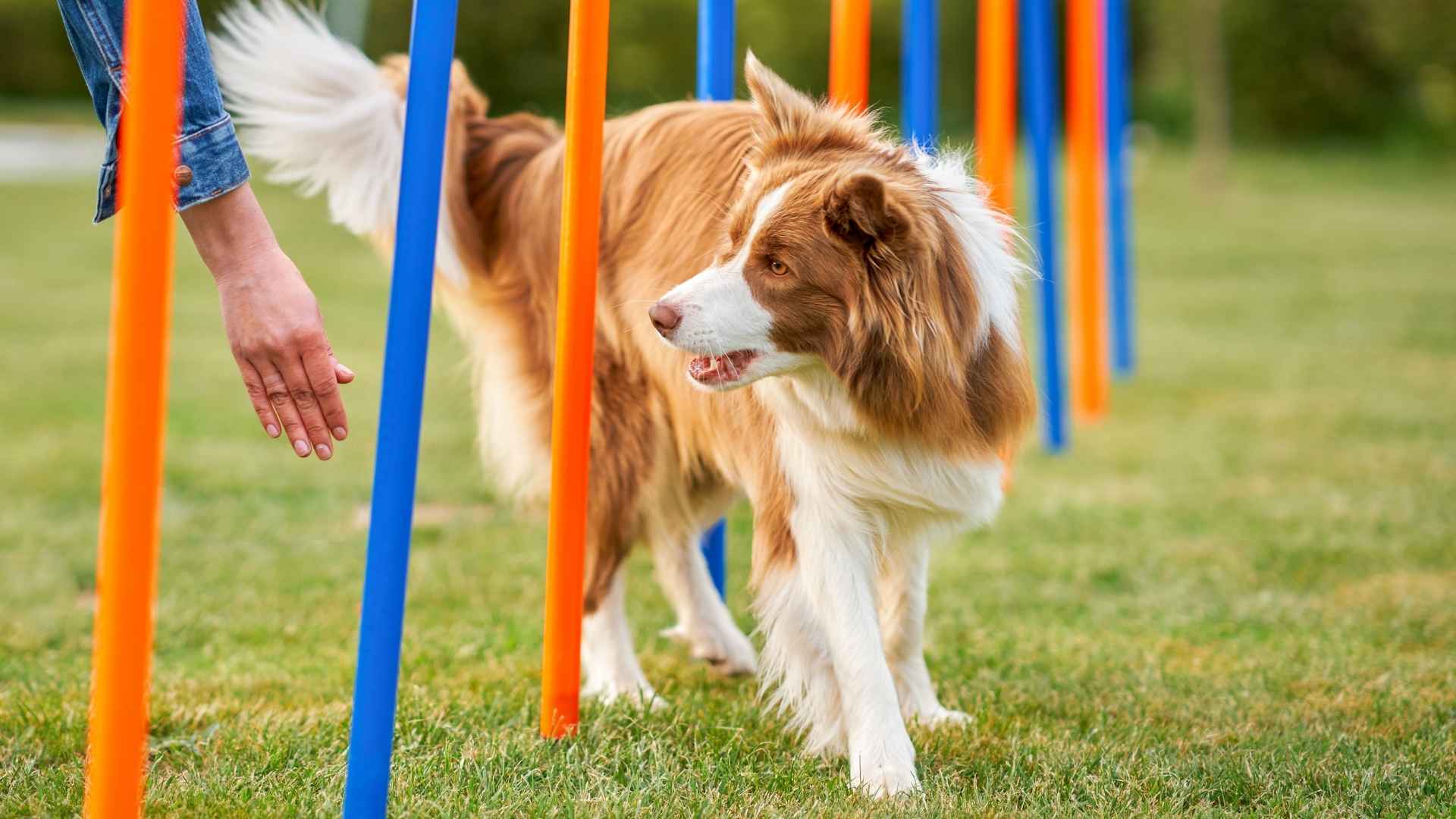Training a dog can be exhausting. You say “sit” five times, and they still look at you like you’re speaking French. It’s tiring and discouraging.
You start thinking maybe it’s your fault, or maybe your dog just isn’t cut out for it. But what if the issue isn’t you or your method? What if it’s the breed? Some dogs simply catch on faster. They notice patterns, remember routines, and actually want to cooperate.
When a dog listens early, everything feels easier—your bond grows faster, daily life runs smoother, and you’re not constantly correcting behavior. You don’t need endless patience or a background in training. You just need the right kind of dog.
If you’ve ever wished your dog could “just get it,” you’re not alone. Let’s talk about the dogs that make that wish come true—the breeds that learn fast, respond well, and make training feel like a breeze.
Dog Breeds That Learn Commands Quickly
1. Papillon
The Papillon isn’t just intelligent — it’s alert and quick to process new tasks, often outpacing larger breeds in obedience trials. Their ability to stay focused makes them ideal for learning multi-step instructions. They read human cues well, especially during interactive activities.
Highly responsive to positive cues
These dogs respond best when given clear signals and enthusiastic reinforcement, as per PetMD. Their eagerness makes basic commands stick after just a few repetitions. Even short, well-structured training sessions can lead to solid recall and consistent response.
Thrives with mental engagement
Papillons often anticipate commands before they’re given, a trait seen in high-performing agility dogs. Puzzle games and varied challenges prevent boredom and strengthen their response to new directions. They crave activities that stimulate both body and mind.
Builds habits quickly and reliably
Because they pick up on tone and hand gestures naturally, basic dog training commands become part of their routine fast. They do especially well when sessions are kept brief and regular. Owners who offer variety and structure will see quick, lasting results.
2. Shetland Sheepdog
The Shetland Sheepdog has an advanced ability to pick up on vocal tone shifts and physical cues, making it ideal for complex training. Their natural herding instinct means they’re tuned into subtle movement patterns. This gives them an edge in learning sequences quickly.
Strong work ethic and responsiveness
These dogs excel when given roles that require precision and timing. A well-trained dog from this breed often adapts effortlessly between agility, herding, and obedience routines. They listen attentively and adjust their pace based on handler feedback mid-task.
High drive for learning tasks
Shetland Sheepdogs are driven by a need to stay cognitively active, and routine drills alone won’t cut it. Mental stimulation through advanced challenges, like obstacle variation or scent work, helps keep them at peak performance. They do best when consistently mentally engaged.
A reinforcement-based structure works best
They respond sharply to reward-based frameworks, especially when sessions are timed for their high-energy windows. Repetition is less important than variety in training with this breed. They’re more responsive when the process mimics real work instead of basic drills.
3. Australian Shepherd
The Australian Shepherd was bred for herding in complex environments, which explains its natural ability to follow precise instructions. It watches everything — from eye contact to micro-movements — and reacts with sharp accuracy. This focus makes it excel in obedience and agility events.
Highly responsive to structure
This breed works best when there’s a consistent routine with mental challenges built in. Positive reinforcement methods like clicker training or reward timing bring out their best performance. Owners who provide immediate feedback see results build fast.
Needs purposeful training
An Australian Shepherd won’t engage with repetitive drills unless there’s a goal behind it, as South Texas Aussie Rescue. They pick up basic commands quickly when the tasks mimic real problem-solving. Tasks like retrieving by name or responding to directional cues make the most of their instincts.
Driven by both energy and purpose
As an active dog, it thrives on daily structure that blends movement with mental work. Even a simple walk turns into a focused task when commands are integrated into the outing. Teaching this breed requires more variety than intensity.
4. Doberman Pinscher
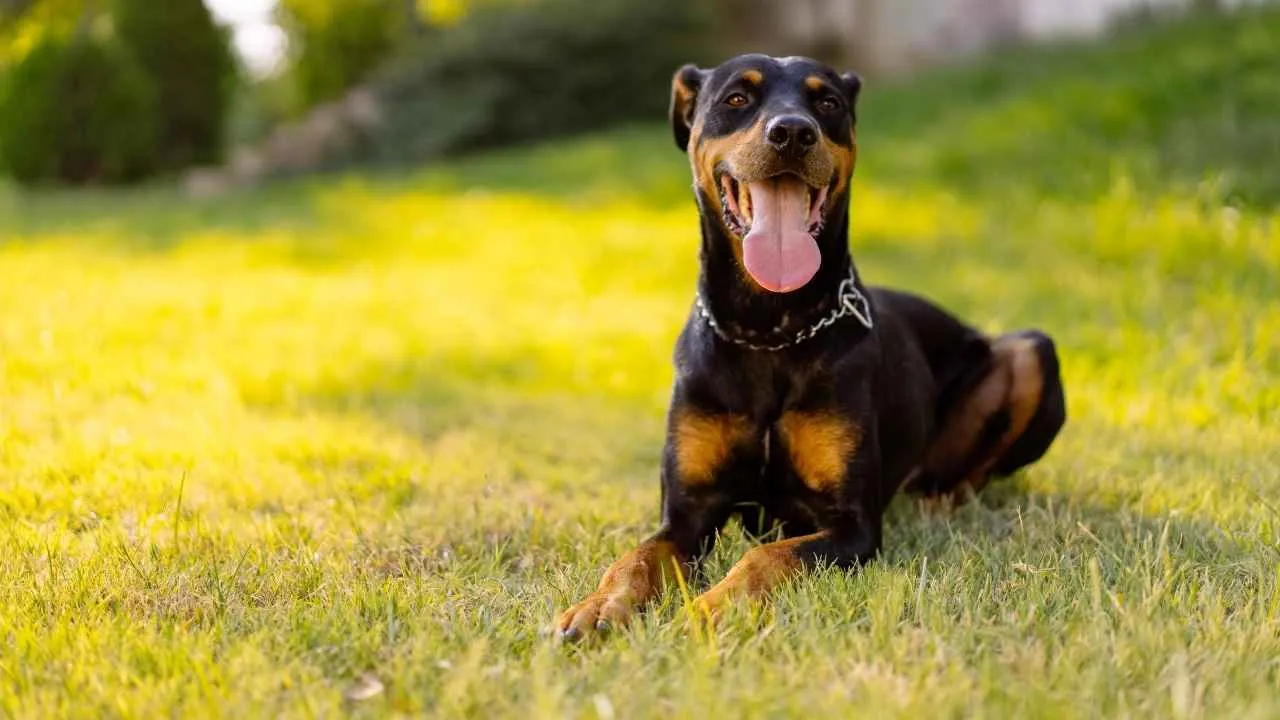
Dobermans are known for their ability to concentrate under pressure, especially in structured environments. They learn with a sense of purpose, often mastering complex sequences faster than expected. Their work ethic comes from generations bred for precision and discipline.
Fast learners with strong memory
They retain instructions over time and can perform reliably without constant repetition. Once a desired behavior is linked to a consistent cue, it follows through with minimal hesitation. This reliability makes them highly effective in competitive obedience settings.
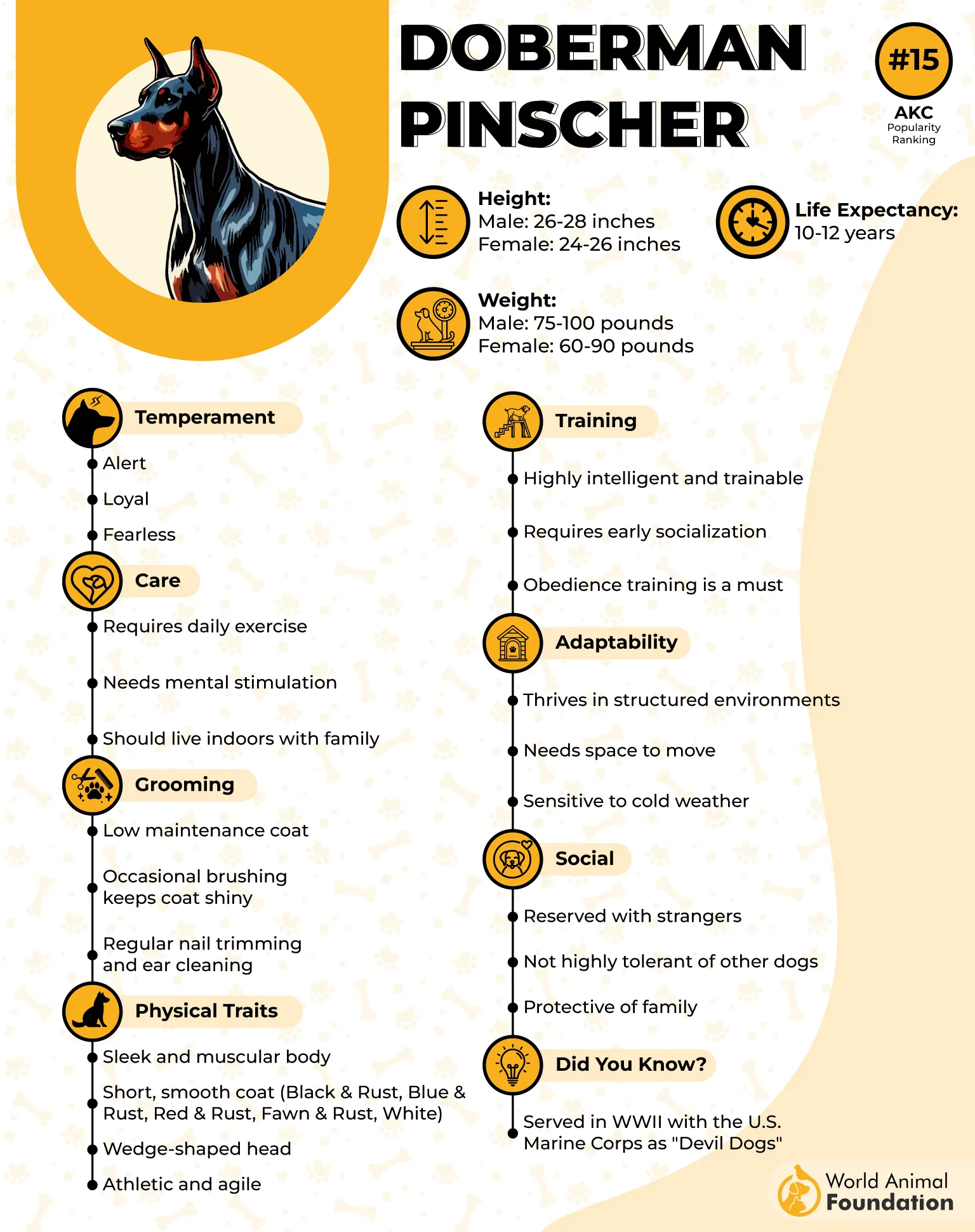
Thrive with structure and challenge
Dobermans perform best when mentally challenged and given opportunities to problem-solve. Long, repetitive drills won’t work — they respond better when the tasks vary. Proper training should involve both clarity and mental stimulation to keep their focus sharp.
Naturally inclined toward protection
Originally bred as guard dogs, Dobermans are attentive to their environment and alert to changes in tone or body language, as stated by Purina. This attentiveness enhances their response to basic commands. Early exposure to rules and positive routines supports long-term behavioral consistency.
5. Miniature Schnauzer
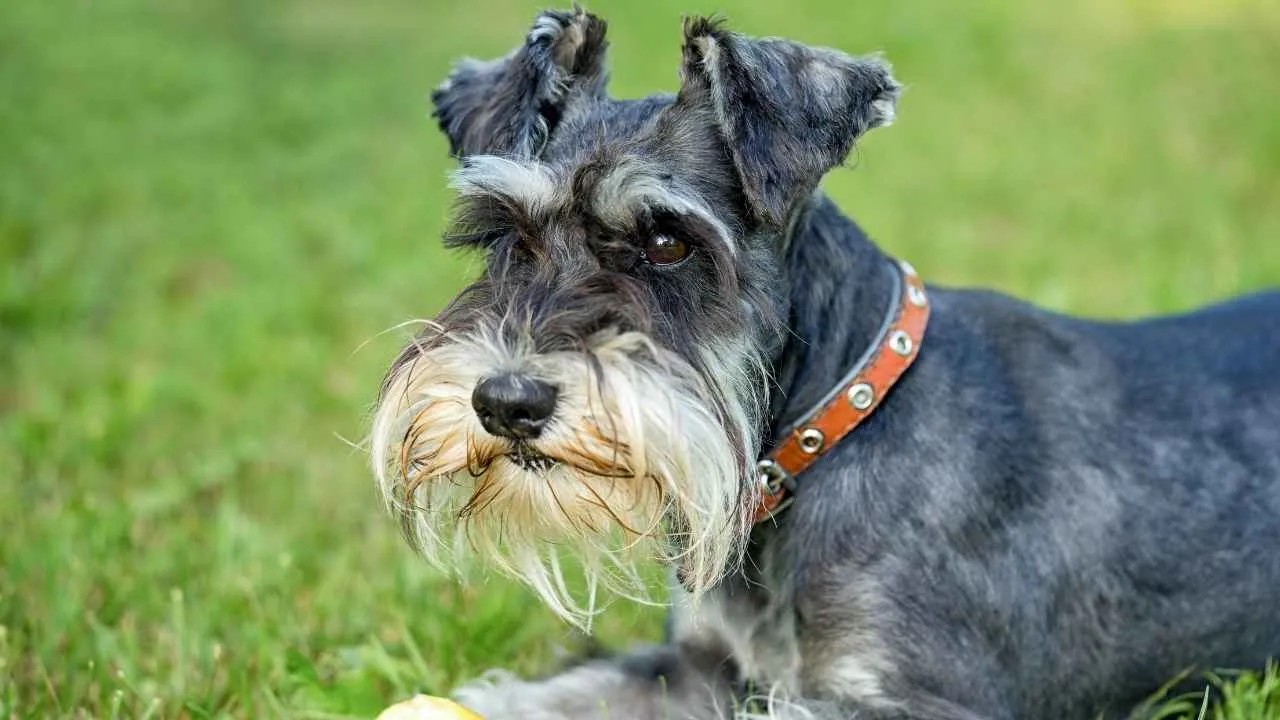
Miniature Schnauzers are naturally attuned to detail, often catching subtle patterns during exercises that most dogs overlook. Their sharp observational skills make them great at distinguishing between similar commands. They benefit from tasks that involve structure and fine motor responses.
Strong memory retention
Once a Miniature Schnauzer learns a command, it tends to stick long-term, even with irregular reinforcement. This breed doesn’t require frequent refreshers unless routines drastically change. Their mental sharpness shows most in situations requiring repeated sequencing.
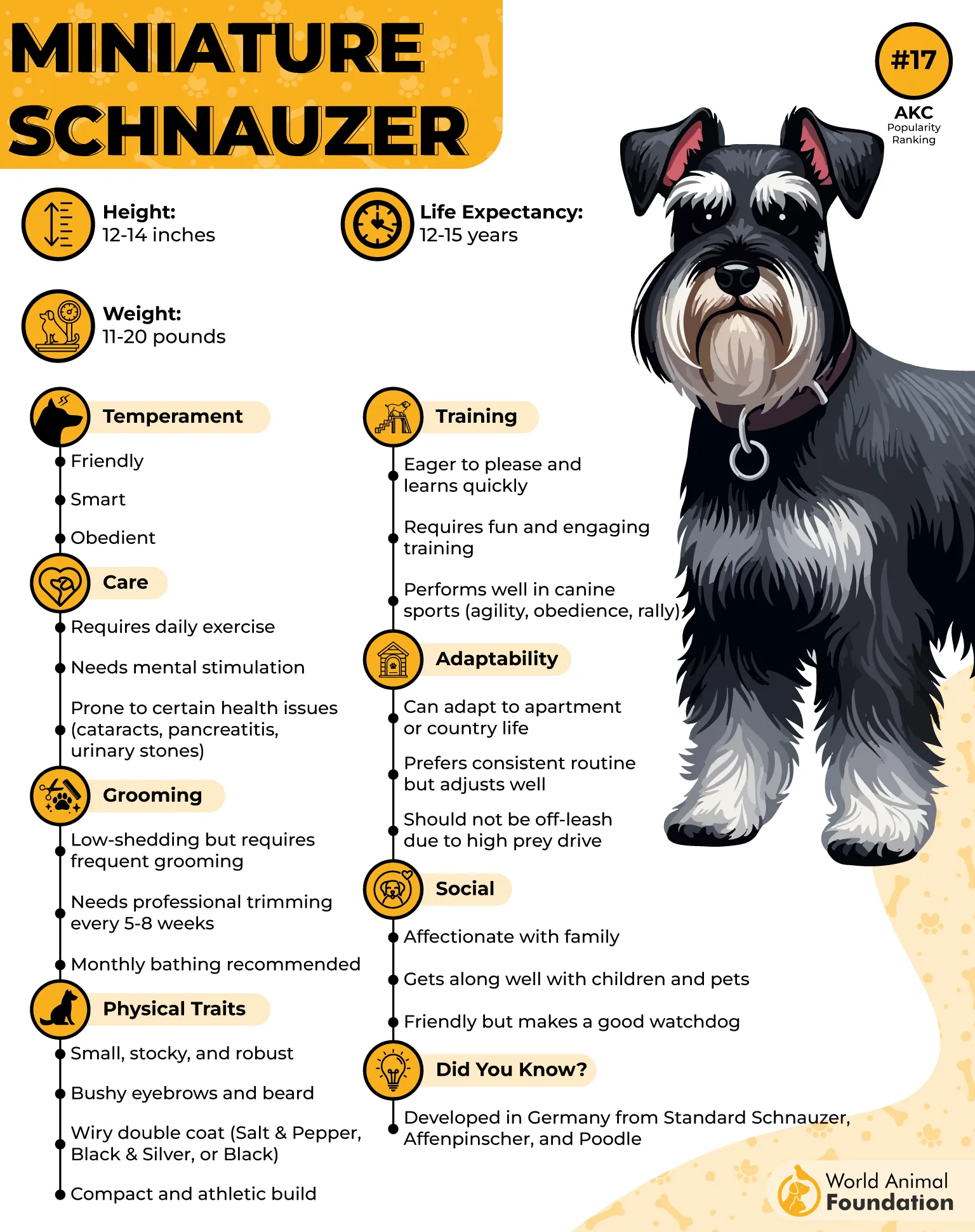
Easily reads human behavior
They’re deeply responsive to voice tone and facial expressions, often adjusting their reactions mid-task. This makes them excellent at adapting during real-life applications like recall or off-leash walking. Their ability to read emotion also helps in situations needing calming or redirection.
Driven by challenge and order
They get frustrated with overly simple drills and perform better when routines evolve. Advanced patterns, like directional changes or task chains, hold their attention longer. Structured, varied sessions reduce their tendency to overanalyze or become stubborn.
6. Border Collie
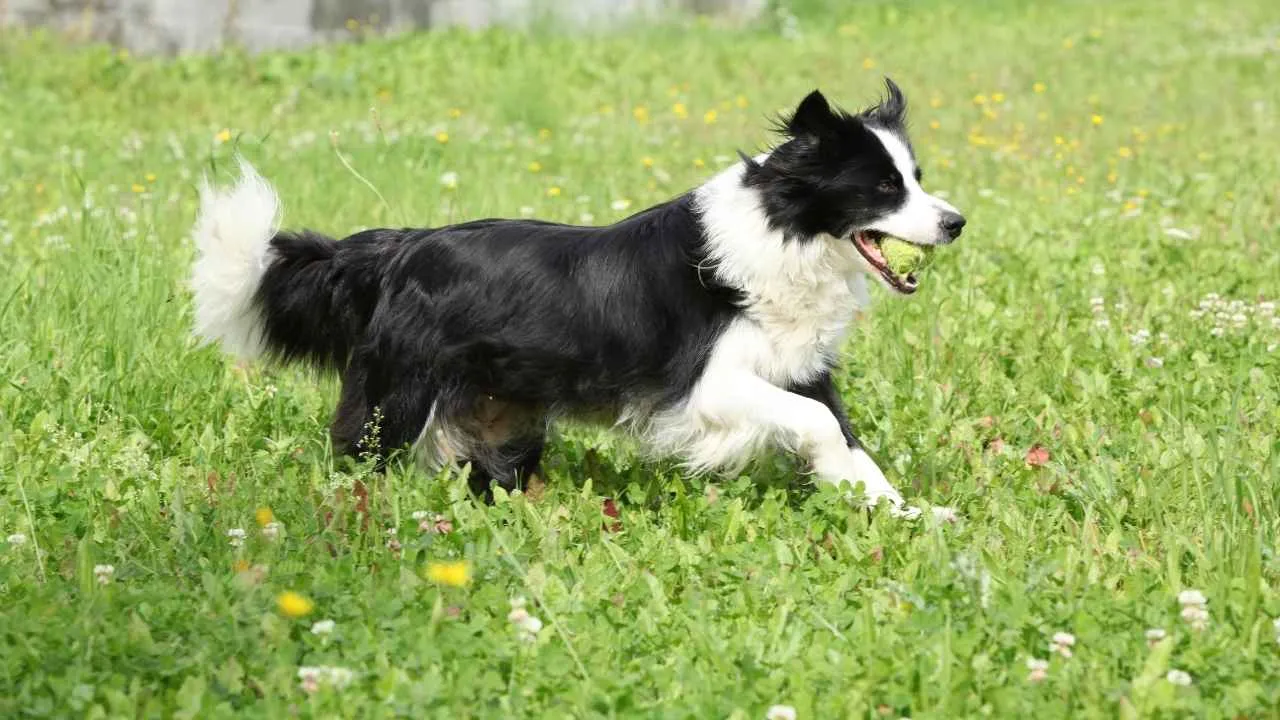
The Border Collie was developed specifically for herding livestock using only eye contact and subtle cues from handlers. This background hardwired them to respond to nuanced direction with zero hesitation. Their learning is built on generations of intentional working intelligence.
Interprets motion and pattern instantly
They don’t just react to verbal cues — they watch body posture, hand placement, and even direction of movement to guide their response. Subtle shifts in tone or gesture are often enough to trigger a precise action. This pattern recognition is second nature to them.
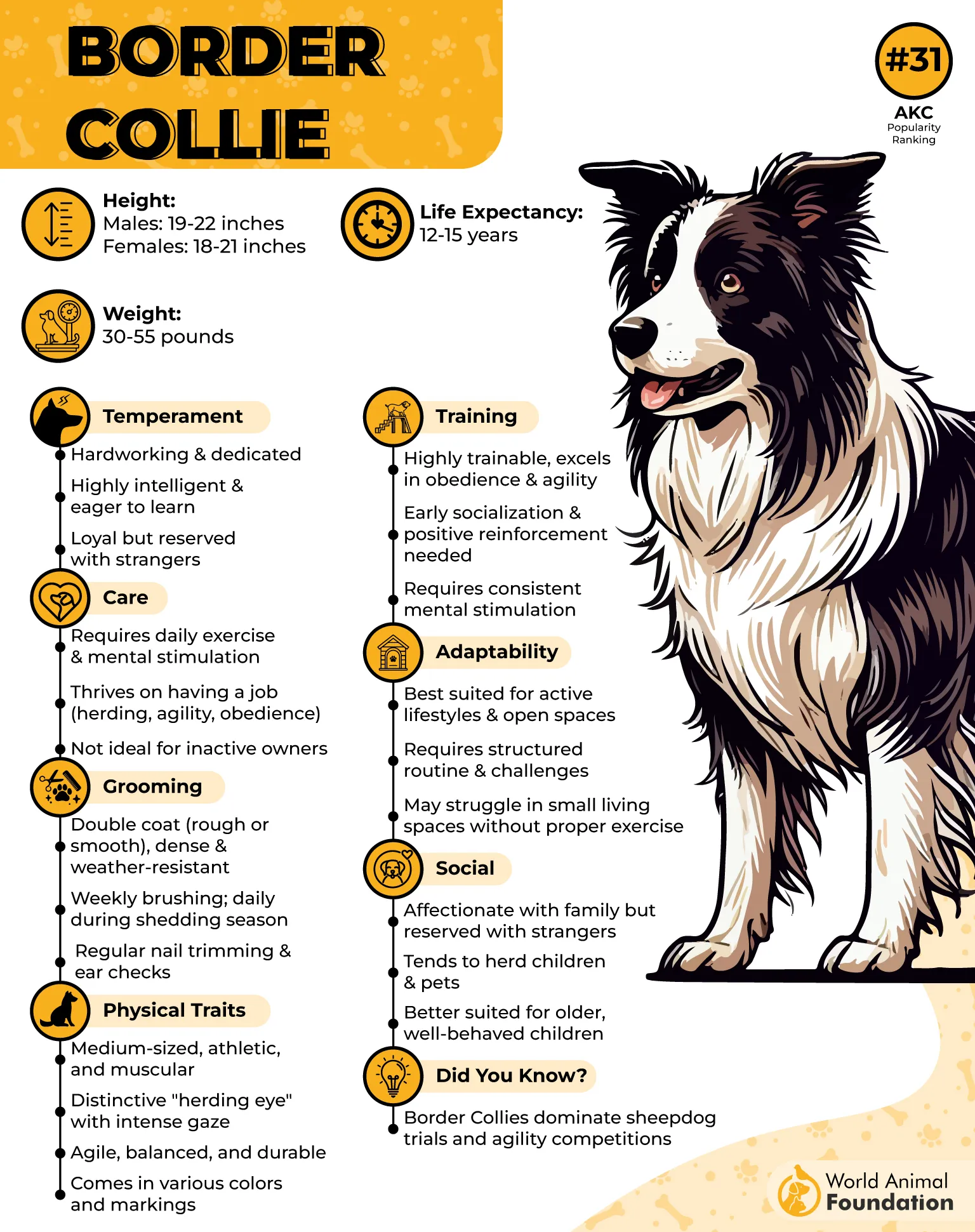
High endurance for cognitive tasks
Border Collies don’t mentally fatigue the way many breeds do. They can maintain sharp focus through extended problem-solving or detailed routines. Complex task chains and multi-step commands are well within their comfort zone, especially when challenges vary.
Consistency is shaped by working instinct
These dogs retain sequences over long periods with minimal refreshers. A Border Collie trained in herding can run patterns weeks after their last session. This kind of long-term command memory makes them an exceptional choice for work that demands consistency and control.
7. Golden Retriever
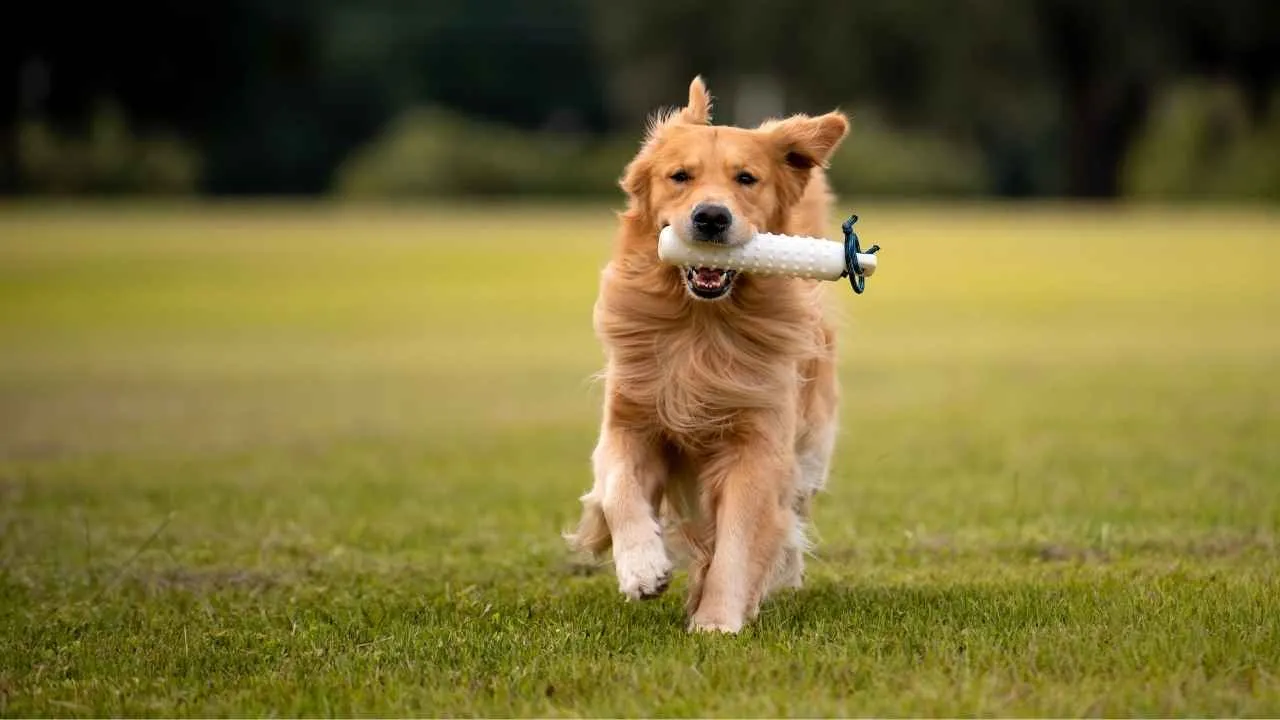
Golden Retrievers were developed to work alongside hunters, often at a distance, so they had to respond to subtle hand and voice cues. This historical role built an instinctive attentiveness that carries into their modern training. They observe facial expressions and tone changes with uncanny accuracy.
Repetition isn’t their learning style
Rather than memorizing through drills, they internalize commands through context and consistency. If a cue is paired with a functional activity, like sitting before going outside, they’ll adopt it without extra effort. They’re especially responsive when training blends into daily life.
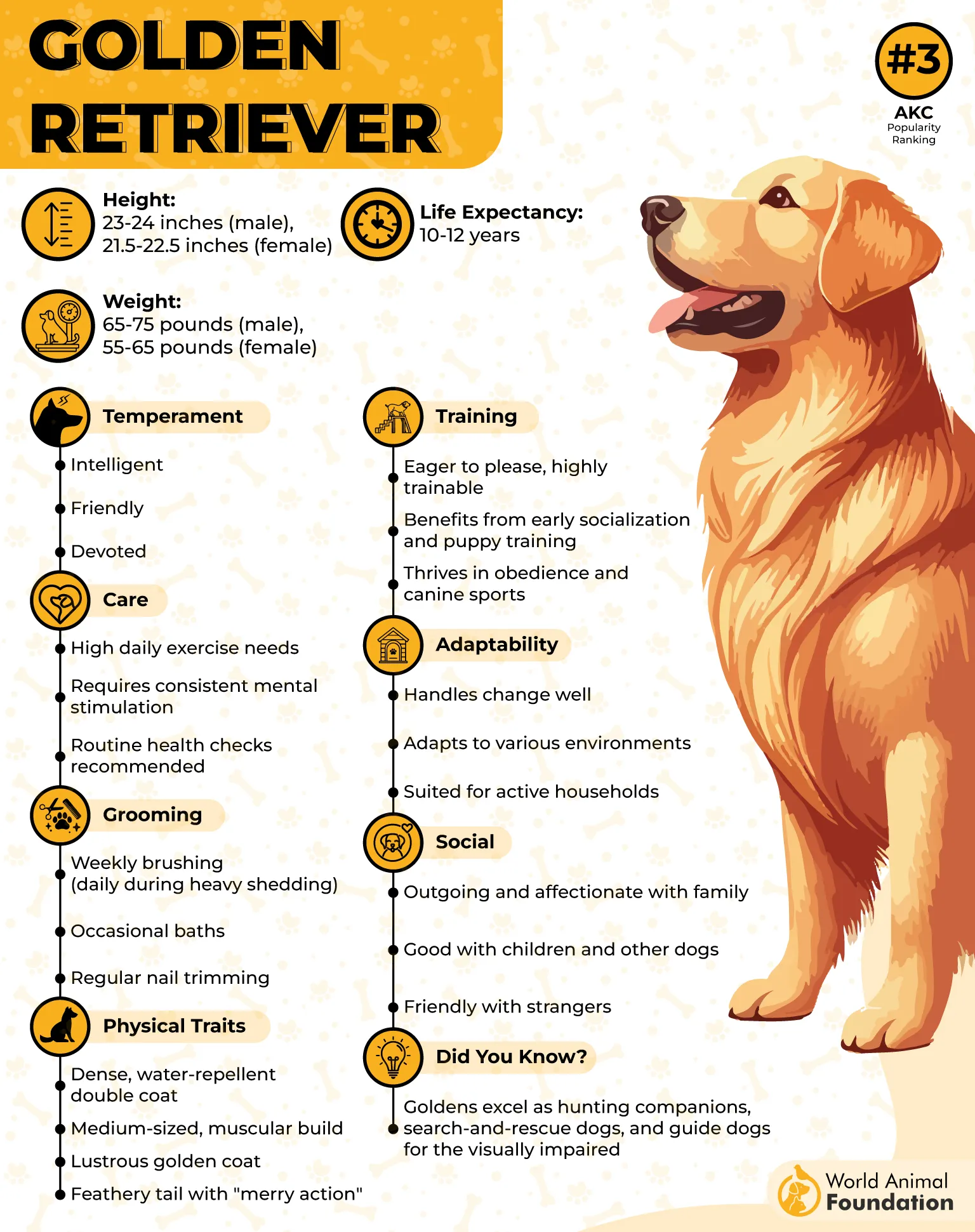
Timing and tone matter with them
Goldens adjust their behavior based on your energy. A slight drop in your tone or enthusiasm noticeably affects their pace and engagement. That emotional attunement means success often depends less on treats and more on how clearly you’re connecting.
They link purpose with action
Golden Retrievers tend to perform best when a command feels like part of a job. Telling them to retrieve a dropped item or carry something engages their working instincts. The more useful the behavior feels to them, the quicker it sticks.
Conclusion
Some dogs just “get it” faster—and now you know why. Each breed here is naturally sharp, attentive, and quick to catch on. If you’re starting from scratch, these are the dog breeds you want beside you.
Whether it’s a recall, sit, or stay, teaching a dog basic commands becomes far easier when the dog is wired to follow your lead. What matters most is using clear command words, creating structure, and offering enough positive feedback to keep them engaged.
And while no breed learns everything overnight, the ones in this list come pretty close, especially with consistent training. Even the smartest breed needs the right mix of clarity, energy, and purpose.
Start small, stay steady, and the results will speak for themselves.


